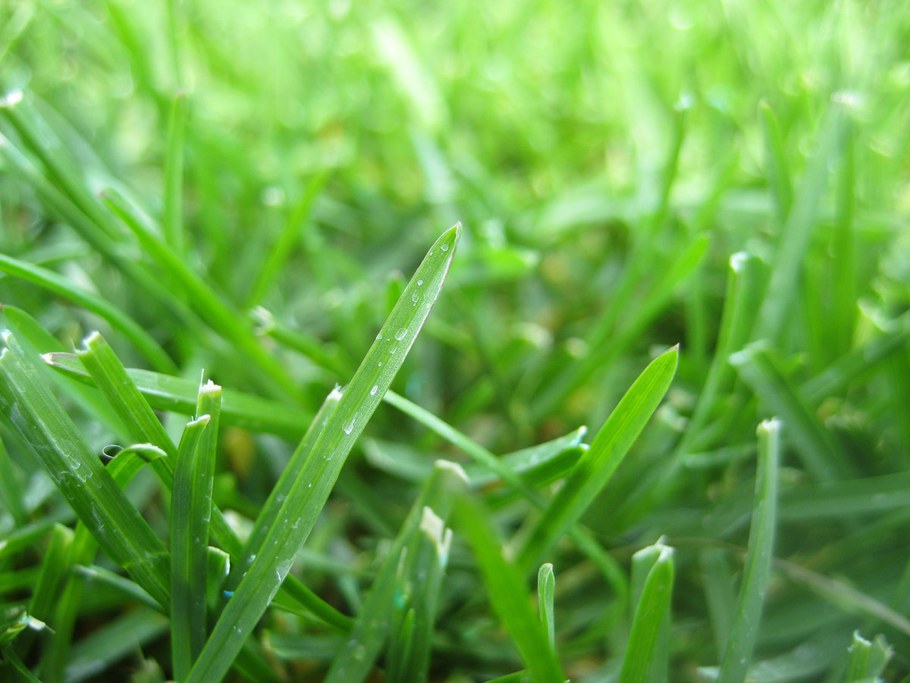Dr. Alan Franzluebbers is a research ecologist with the
USDA Agricultural Research Service in Raleigh, North Carolina and the
co-director of the Southeast Regional Climate Hub. Recently, he presented the
seventh webinar in an 11-part series called Grazing Land Management and Soil
Carbon. The topic of
his talk was “Preliminary Assessment of Land Use and Pasture Management on Soil
Carbon and Nitrogen in the Kentucky Bluegrass Major Land Resource.”
Soil organic carbon is a measurable component of soil organic matter. Kentucky bluegrass has a shallower root system than prairie grasses, but it still stores organic carbon in its roots and in the soil. Moreover, there is a relationship between soil depth, carbon sequestration, and the effects of land management practices vs. pedogenesis, the natural formation of soil from the breakdown of rocks.
- Above 12 inches, land management practices that degrade soil over time lead to lower levels of soil organic carbon.
- Below 12 inches, the concentration of soil organic carbon is affected mainly by pedogenesis rather than by land management practices.
With the top 12 inches of soil, soil organic carbon was highest in Kentucky’s woodlands; however, its grasslands weren’t far behind. Importantly, soil organic carbon was higher on no-till cropland than on conventional-till cropland. The diagram below presents this information in the context of root zone enrichment since soil that is enriched with organic carbon promotes plant growth. Mt CO2 is metric tons of carbon dioxide.

The Kentucky Study
From October 2023 to March 2024, Dr. Franzluebbers studied 100 fields on 30 farms for 198 soil profiles across Kentucky’s West, East, and Central regions. In addition to soil organic carbon, he examined other soil qualities and reached the following conclusions.
- Soil pH, soil stability, and soil biological activity were higher in the grassland than in the woodland.
- Soil pH was higher in conventional-till cropland than on no-till cropland. No theories were given for this.
- Soil stability and soil biological activity were higher on no-till cropland than on conventional-till cropland.
The image below shows the sampling locations in the Kentucky study.

The Virginia Study
Dr. Franzluebbers also shared these highlights from a related study in Virginia about carbon sequestration.
- Optimally managed pastures may have greater potential than other land uses, such as no-till farming, for carbon sequestration.
- Rotational stocking resulted in more carbon sequestration than continuous stocking.
- The optimal stocking rate was 1 head per acre.
“Grasslands,” he concluded, “have great role to play in sequestering carbon”.
